Transform retail operations with Zebra’s retail technology solutions, featuring hardware and software for improving inventory management and empowering teams.
Streamline operations with Zebra’s healthcare technology solutions, featuring hardware and software to improve staff collaboration and optimize workflows.
Enhance processes with Zebra’s manufacturing technology solutions, featuring hardware and software for automation, data analysis, and factory connectivity.
Zebra’s transportation and logistics technology solutions feature hardware and software for enhancing route planning, visibility, and automating processes.
Learn how Zebra's public sector technology solutions empower state and local governments to improve efficiency with asset tracking and data capture devices.
Zebra's hospitality technology solutions equip your hotel and restaurant staff to deliver superior customer and guest service through inventory tracking and more.
Zebra's market-leading solutions and products improve customer satisfaction with a lower cost per interaction by keeping service representatives connected with colleagues, customers, management and the tools they use to satisfy customers across the supply chain.
Empower your field workers with purpose-driven mobile technology solutions to help them capture and share critical data in any environment.
Zebra's range of Banking technology solutions enables banks to minimize costs and to increase revenue throughout their branch network. Learn more.
Zebra's range of mobile computers equip your workforce with the devices they need from handhelds and tablets to wearables and vehicle-mounted computers.
Zebra's desktop, mobile, industrial, and portable printers for barcode labels, receipts, RFID tags and cards give you smarter ways to track and manage assets.
Zebra's 1D and 2D corded and cordless barcode scanners anticipate any scanning challenge in a variety of environments, whether retail, healthcare, T&L or manufacturing.
Zebra's extensive range of RAIN RFID readers, antennas, and printers give you consistent and accurate tracking.
Choose Zebra's reliable barcode, RFID and card supplies carefully selected to ensure high performance, print quality, durability and readability.
Zebra's location technologies provide real-time tracking for your organization to better manage and optimize your critical assets and create more efficient workflows.
Zebra's rugged tablets and 2-in-1 laptops are thin and lightweight, yet rugged to work wherever you do on familiar and easy-to-use Windows or Android OS.
With Zebra's family of fixed industrial scanners and machine vision technologies, you can tailor your solutions to your environment and applications.
Zebra’s line of kiosks can meet any self-service or digital signage need, from checking prices and stock on an in-aisle store kiosk to fully-featured kiosks that can be deployed on the wall, counter, desktop or floor in a retail store, hotel, airport check-in gate, physician’s office, local government office and more.
Adapt to market shifts, enhance worker productivity and secure long-term growth with AMRs. Deploy, redeploy and optimize autonomous mobile robots with ease.
Discover Zebra’s range of accessories from chargers, communication cables to cases to help you customize your mobile device for optimal efficiency.
Zebra's environmental sensors monitor temperature-sensitive products, offering data insights on environmental conditions across industry applications.
Enhance frontline operations with Zebra’s AI software solutions, which optimize workflows, streamline processes, and simplify tasks for improved business outcomes.
Zebra Workcloud, enterprise software solutions boost efficiency, cut costs, improve inventory management, simplify communication and optimize resources.
Keep labor costs low, your talent happy and your organization compliant. Create an agile operation that can navigate unexpected schedule changes and customer demand to drive sales, satisfy customers and improve your bottom line.
Drive successful enterprise collaboration with prioritized task notifications and improved communication capabilities for easier team collaboration.
Get full visibility of your inventory and automatically pinpoint leaks across all channels.
Reduce uncertainty when you anticipate market volatility. Predict, plan and stay agile to align inventory with shifting demand.
Drive down costs while driving up employee, security, and network performance with software designed to enhance Zebra's wireless infrastructure and mobile solutions.
Explore Zebra’s printer software to integrate, manage and monitor printers easily, maximizing IT resources and minimizing down time.
Make the most of every stage of your scanning journey from deployment to optimization. Zebra's barcode scanner software lets you keep devices current and adapt them to your business needs for a stronger ROI across the full lifecycle.
RFID development, demonstration and production software and utilities help you build and manage your RFID deployments more efficiently.
RFID development, demonstration and production software and utilities help you build and manage your RFID deployments more efficiently.
Zebra DNA is the industry’s broadest suite of enterprise software that delivers an ideal experience for all during the entire lifetime of every Zebra device.
Advance your digital transformation and execute your strategic plans with the help of the right location and tracking technology.
Boost warehouse and manufacturing operations with Symmetry, an AMR software for fleet management of Autonomous Mobile Robots and streamlined automation workflows.
The Zebra Aurora suite of machine vision software enables users to solve their track-and-trace, vision inspection and industrial automation needs.
Zebra Aurora Focus brings a new level of simplicity to controlling enterprise-wide manufacturing and logistics automation solutions. With this powerful interface, it’s easy to set up, deploy and run Zebra’s Fixed Industrial Scanners and Machine Vision Smart Cameras, eliminating the need for different tools and reducing training and deployment time.
Aurora Imaging Library™, formerly Matrox Imaging Library, machine-vision software development kit (SDK) has a deep collection of tools for image capture, processing, analysis, annotation, display, and archiving. Code-level customization starts here.
Aurora Design Assistant™, formerly Matrox Design Assistant, integrated development environment (IDE) is a flowchart-based platform for building machine vision applications, with templates to speed up development and bring solutions online quicker.
Designed for experienced programmers proficient in vision applications, Aurora Vision Library provides the same sophisticated functionality as our Aurora Vision Studio software but presented in programming language.
Aurora Vision Studio, an image processing software for machine & computer vision engineers, allows quick creation, integration & monitoring of powerful OEM vision applications.
Adding innovative tech is critical to your success, but it can be complex and disruptive. Professional Services help you accelerate adoption, and maximize productivity without affecting your workflows, business processes and finances.
Zebra's Managed Service delivers worry-free device management to ensure ultimate uptime for your Zebra Mobile Computers and Printers via dedicated experts.
Find ways you can contact Zebra Technologies’ Support, including Email and Chat, ask a technical question or initiate a Repair Request.
Zebra's Circular Economy Program helps you manage today’s challenges and plan for tomorrow with smart solutions that are good for your budget and the environment.
The Zebra Knowledge Center provides learning expertise that can be tailored to meet the specific needs of your environment.
Zebra has a wide variety of courses to train you and your staff, ranging from scheduled sessions to remote offerings as well as custom tailored to your specific needs.
Build your reputation with Zebra's certification offerings. Zebra offers a variety of options that can help you progress your career path forward.
Build your reputation with Zebra's certification offerings. Zebra offers a variety of options that can help you progress your career path forward.
You're up next!
Connecting....
END CHAT?
Don't worry, after the chat ends, you can save the transcript. Click the agent name in the header and then click Save Transcript.
Sorry your session has expired due to 30 minutes of inactivity. Please start a new chat to continue.
Chat Ended
Products
Environmental Sensors
Combining Zebra’s 50+ track and trace innovation with Temptime’s 30+ years of experience developing environmental monitoring products, you can trust Zebra’s environmental sensors to give you visibility into the conditions of your assets throughout the supply chain journey.
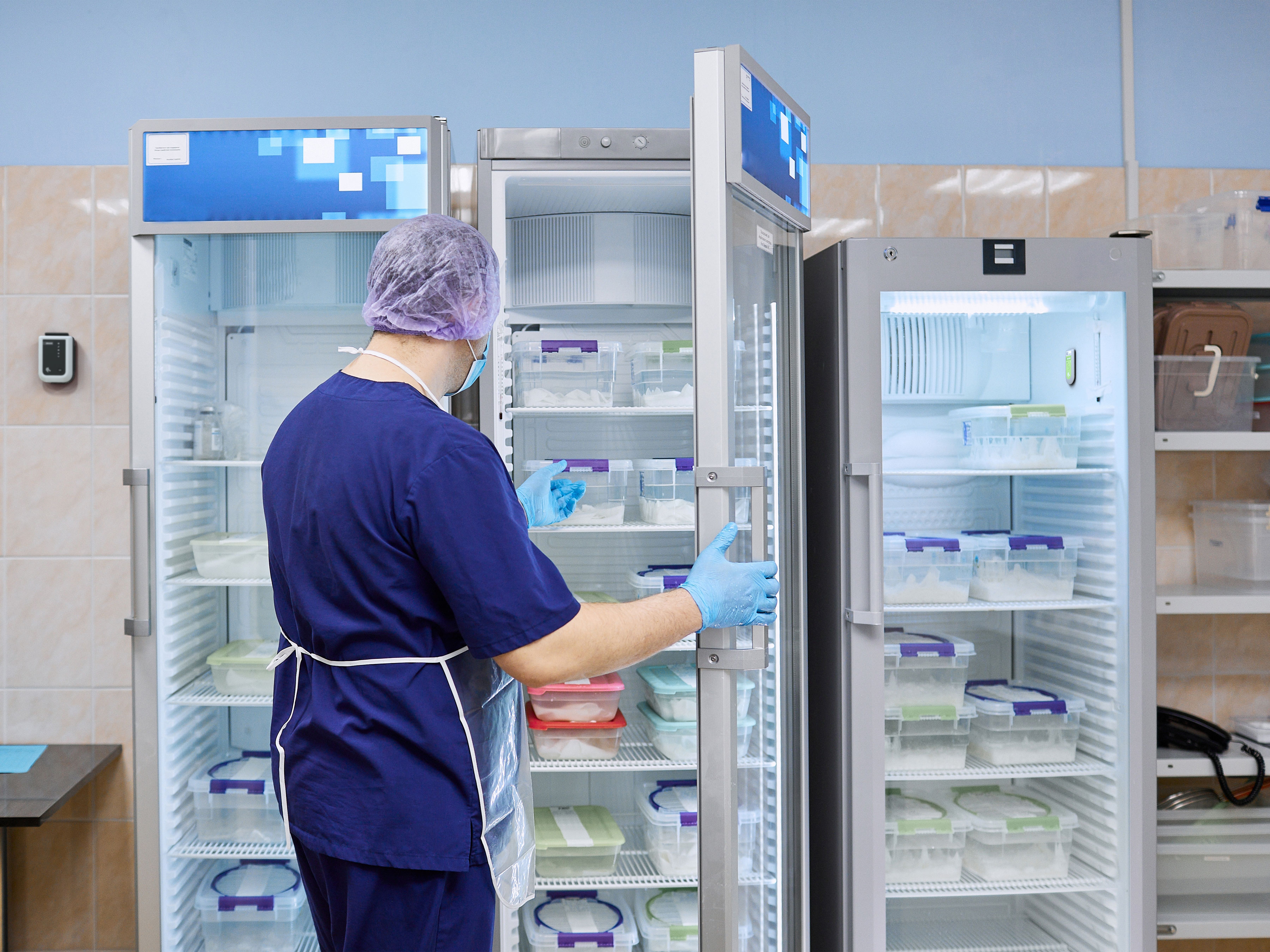
Environmental Sensors Bring Visibility and Cold Chain Confidence to Environmentally Sensitive Products
Zebra's cutting-edge portfolio of environmental sensors reimagines supply chain visibility, offering intelligence that goes beyond conventional monitoring. Our innovative temperature indicators and data loggers deliver valuable data, enabling accurate temperature checks and effective monitoring of crucial environmental conditions throughout the supply chain. From ready-to-use indicators to thermal printable indicators to electronic data loggers that enable wireless monitoring, our environmental sensors help analyze environmental variations, enabling informed decisions regarding your cold chain logistics.
Temperature Sensors for Cost-Effective Supply Chain Visibility
Temperature Sensors for Cost-Effective Supply Chain VisibilityTemperature Sensors for Cost-Effective Supply Chain Visibility
Our visual environmental indicators and electronic sensors meet a wide range of applications and budgets, providing you with a variety of monitoring and sensing solutions to help optimize your supply chain. Easily integrate these advanced temperature sensors into your existing systems and processes and gain expanded visibility over your environmentally sensitive products, enabling you to make decisions about the product’s environmental parameters throughout the supply chain journey.
Data Loggers for Powerful Data Insights
Data Loggers for Powerful Data InsightsData Loggers for Powerful Data Insights
Empower frontline workers to take immediate action to improve proper product processing or identify age excursions. Visual temperature indicators help make better decisions on the fly to avoid disruptions and customer dissatisfaction. Data loggers offer insights into environmental conditions that affect product integrity, enabling your frontline workers to proactively act for consistent quality. Zebra’s electronic sensors and temperature indicators bolster product quality control, reduce labor costs, minimize waste and improve compliance with industry standards.
Unparalleled Temperature Monitoring Expertise
Unparalleled Temperature Monitoring ExpertiseUnparalleled Temperature Monitoring Expertise
Combining Zebra’s 50+ years of track and trace innovation with Temptime’s 30+ years of experience in developing environmental monitoring products, Zebra delivers fully integrated solutions to help monitor environmentally sensitive products across the supply chain. Leverage Zebra's electronic data loggers and temperature indicators to optimize your cold chain process compliance. Through reliable temperature monitoring and sensing, our comprehensive solutions provide insights into the environmental conditions of your products, enabling proactive measures to help maintain their integrity. Get the peace of mind you need to focus on your customers and scale your business.
Browse Environmental Sensors
Menu

- Ready-to-Use Indicators
- Printable Indicators
- Electronic Sensors
- PPQ
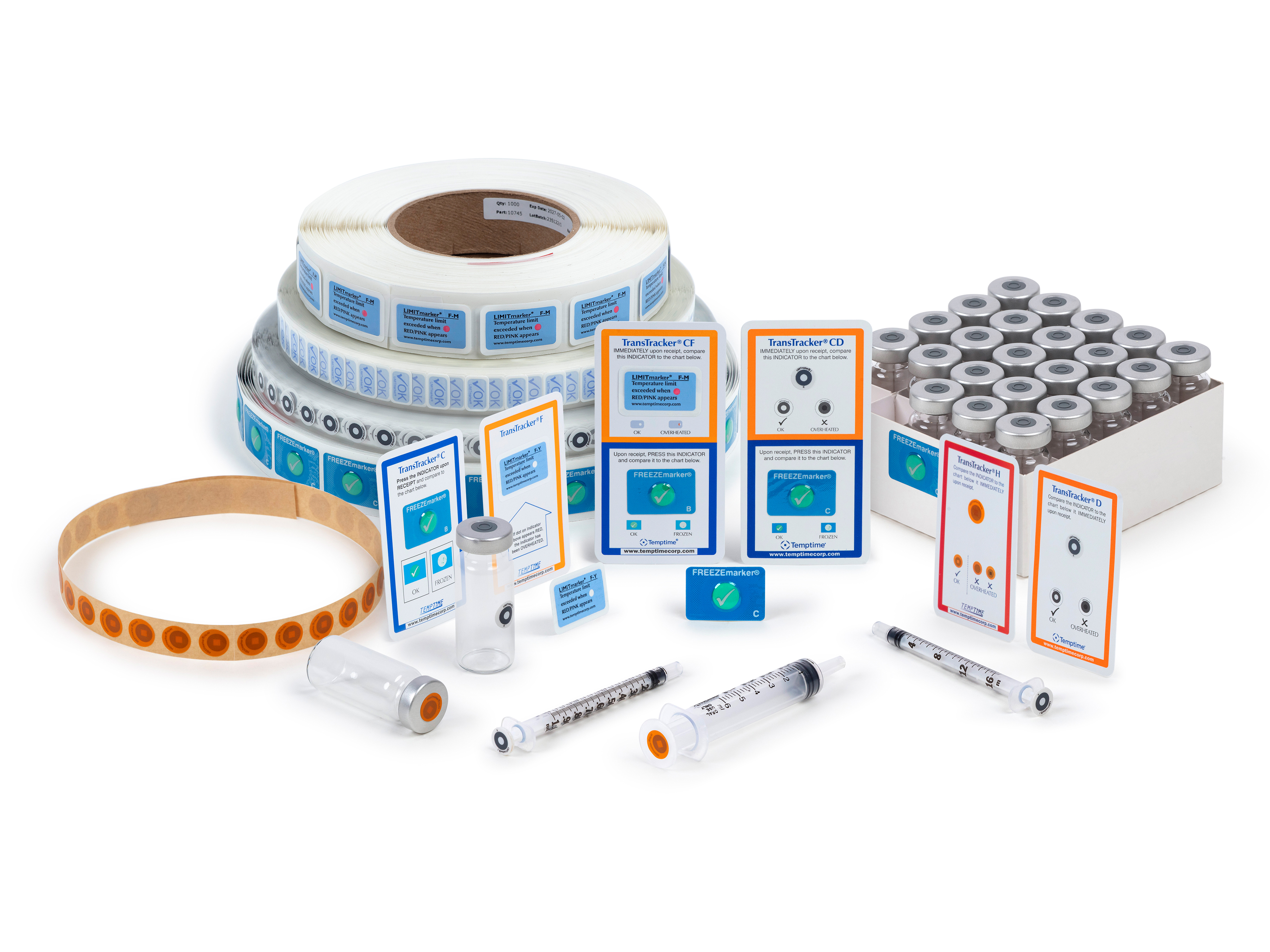
Ready-to-Use Temperature Indicators
Customize a temperature-monitoring and sensing solution to fit your unique stability profiles, storage requirements and shipping demands. Zebra’s ready-to-use indicators for temperature-sensitive vaccines, pharmaceuticals, medical devices, food and others, support a wide range of applications and use cases, helping you maximize efficiencies and accelerate workflows. Zebra's temperature indicators help businesses gain actionable data on product conditions, ensuring unparalleled efficiencies throughout your supply chain.
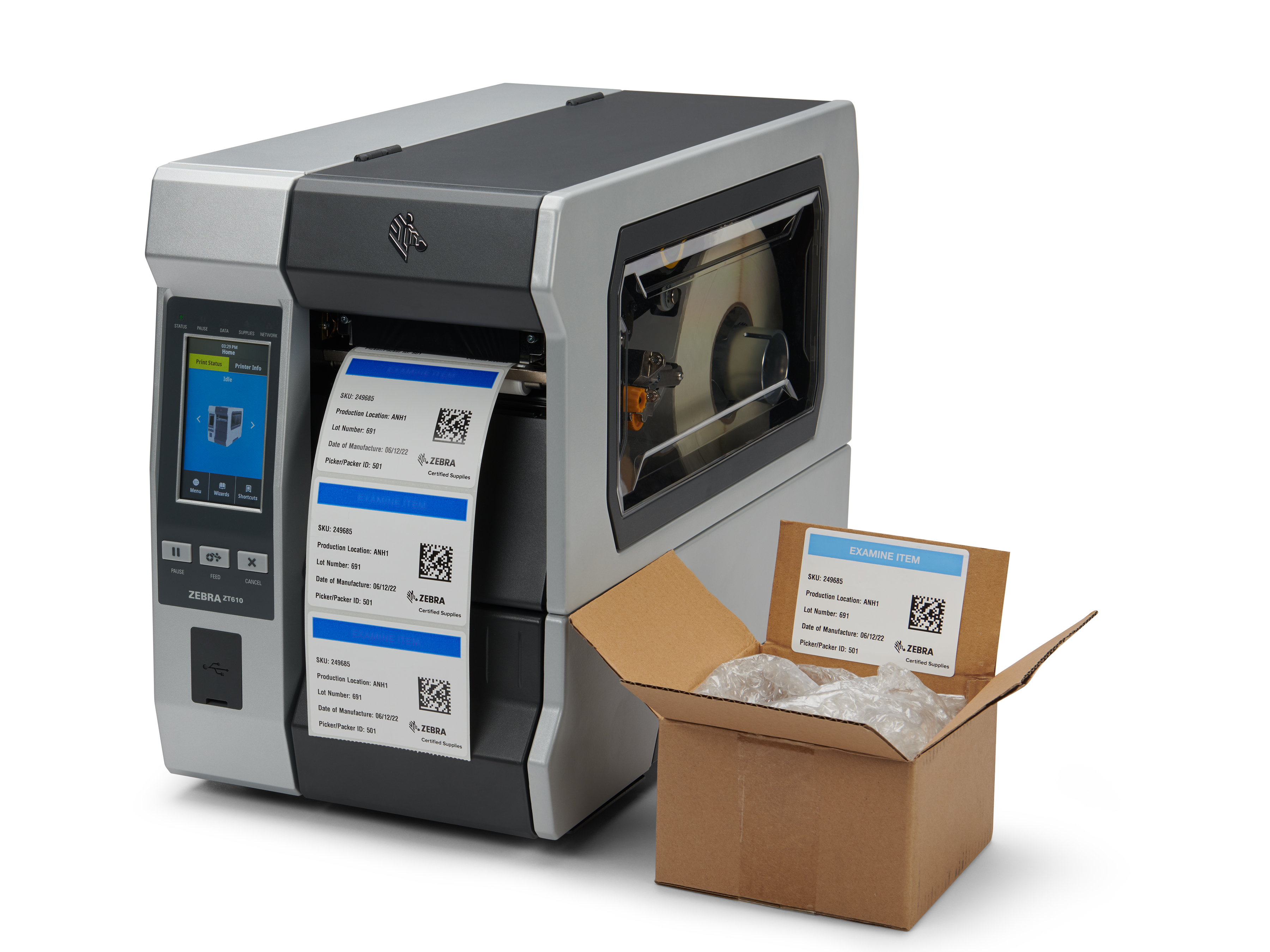
Printable Indicators
Gain insights into an asset's environmental exposure using the same label where you print variable text and barcodes on demand. Our customizable, printable indicators add an extra layer of critical information on a thermal printable label, combining asset identification and environmental insights into a single solution that does it all. Efficiently track and manage your assets while also gaining valuable environmental insights from Zebra’s environmental indicators, all within a single, user-friendly solution that seamlessly integrates supply chain intelligence into your operations.
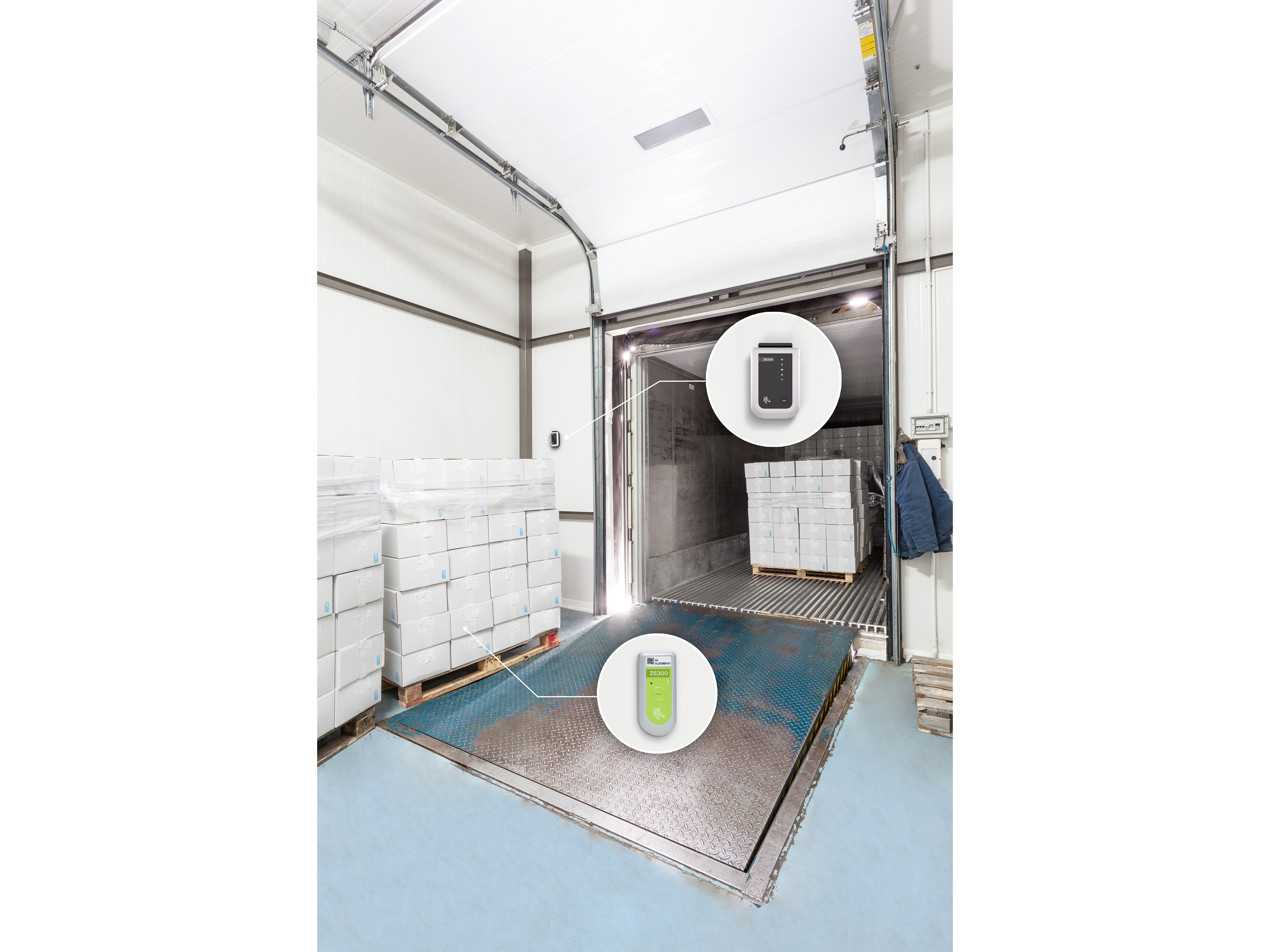
Electronic Sensors
Wirelessly monitor your environmentally sensitive products throughout the shipping, receiving and storage process with electronic sensors. Our highly accurate and flexible Bluetooth-enabled data loggers allow you to record and retrieve data through without jeopardizing environmental integrity. By integrating the capabilities of our environmental sensors into your supply chain, you can effortlessly collect and analyze comprehensive data empowering you to make informed decisions, gain unparalleled supply chain confidence and uphold both process compliance and product quality standards, at reduced cost.
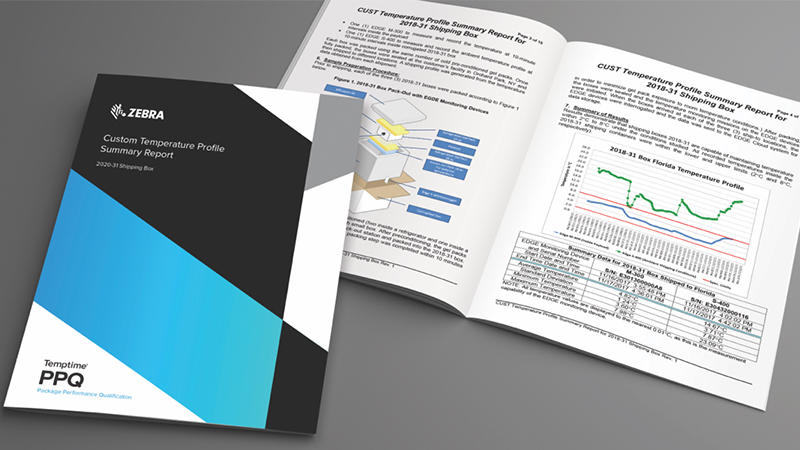
Package Performance Qualification (PPQ) Testing
Package performance qualification (PPQ) testing delivered by Temptime, a Zebra Technologies company, quickly and conveniently gives you the data you need to identify packaging issues in all seasons under real world scenarios.

Sensor Selector Tool
Need help choosing a sensor that fits your needs? Our selector tool helps you discover the ideal sensors that provide the environmental condition visibility you need throughout the entire journey.
Additional Resources on Environmental Sensors
| Pharmaceutical Temperature Monitoring E-Book | Download the E-Book Download E-Book | |
|---|---|---|
| Smart, Automated Manufacturing Solutions Infographic | Download the Infographic Download Infographic | |
| Reimagining the Food Cold Chain Infographic | Download the Infographic Download Infographic | |
| Monitoring the Integrity of Patient Samples Infographic | Download the Infographic Download Infographic | |
| Confident Management of Bloodstocks Infographic | Download the Infographic Download Infographic | |
| Providing Confidence to Patients Sent Medication Infographic | Download the Infographic Download Infographic | |
| Reimagining Cold Chain Operations for Food and Pharmaceutical Goods | Download the Brochure Download Brochure | |

Technology to Use During Cold Chain Storage and Transit
Learn more about technologies that cold chains should be using to monitor and preserve temperature-sensitive inventory while in storage and transit.
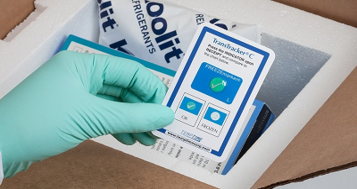
Thermal Shipping Technologies: The Cold Hard Facts
Study that examines the performance of five shipping technologies commonly used to transport high-value refrigerated specialty medicines.

Delivering Peace of Mind with Every Specialty Medication
Preveon uses Zebra's solutions to indicate the exposure of medications and biologics to potentially damaging heat.
Legal Terms of Use Privacy Policy Supply Chain Transparency
ZEBRA and the stylized Zebra head are trademarks of Zebra Technologies Corp., registered in many jurisdictions worldwide. All other trademarks are the property of their respective owners. ©2025 Zebra Technologies Corp. and/or its affiliates.

